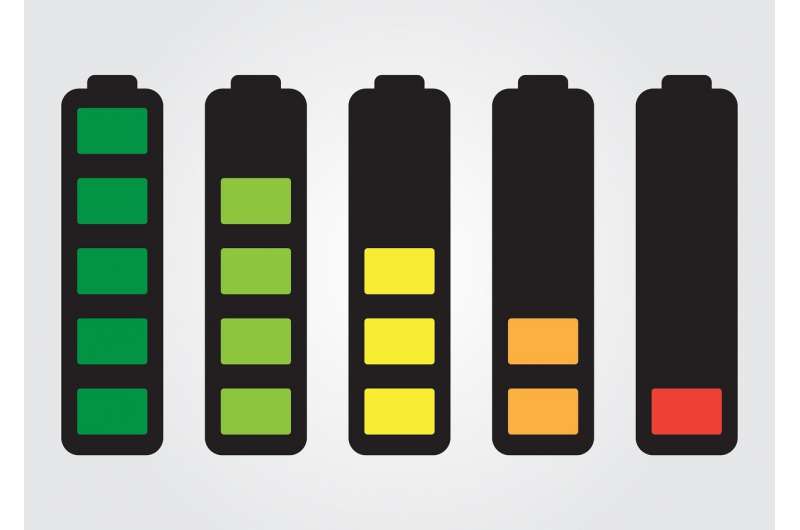
Curtin University research has found a simple and affordable
method to determine which chemicals and types of metals are best used to store
and supply energy, in a breakthrough for any battery-run devices and
technologies reliant on the fast and reliable supply of electricity, including
smart phones and tablets.
Lead author Associate Professor Simone Ciampi from Curtin's School of Molecular and Life Sciences said this easy, low-cost method of determining how to produce and retain the highest energy charge in a capacitor, could be of great benefit to all scientists, engineers and start-ups looking to solve the energy storage challenges of the future.
"All electronic devices require an energy source. While a battery needs to be recharged over time, a capacitor can be charged instantaneously because it stores energy by separating charged ions, found in ionic liquids," Associate Professor Ciampi said.
"There are thousands of types of ionic liquids, a type of "liquid salt," and until now, it was difficult to know which would be best suited for use in a capacitor. What our team has done is devise a quick and easy test, able to be performed in a basic lab, which can measure both the ability to store charge when a solid electrode touches a given ionic liquid—a simple capacitor—as well as the stability of the device when it's charged.
"The study has also been able to unveil a model that can predict which ionic liquid is likely to be the best performing for fast charging and long-lasting energy storage."
Research co-author Ph.D. student Mattia Belotti, also from Curtin's School of Molecular and Life Sciences said the test simply required a relatively basic and affordable piece of equipment, called a potentiostat.
"The simplicity of this test means anyone can apply it without the need for expensive equipment. Using this method, our research found that charging the device for 60 seconds produced a full charge, which did not 'leak' and begin to diminish for at least four days," Mr Belotti said.
"The next step will be to use this new screening method to find ionic liquid/electrode combinations with an even longer duration in the charged state and larger energy density."

 Previous page
Previous page Back to top
Back to top







